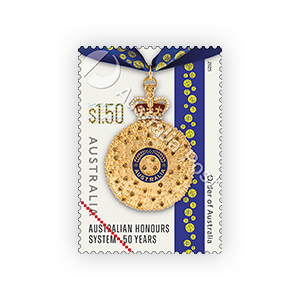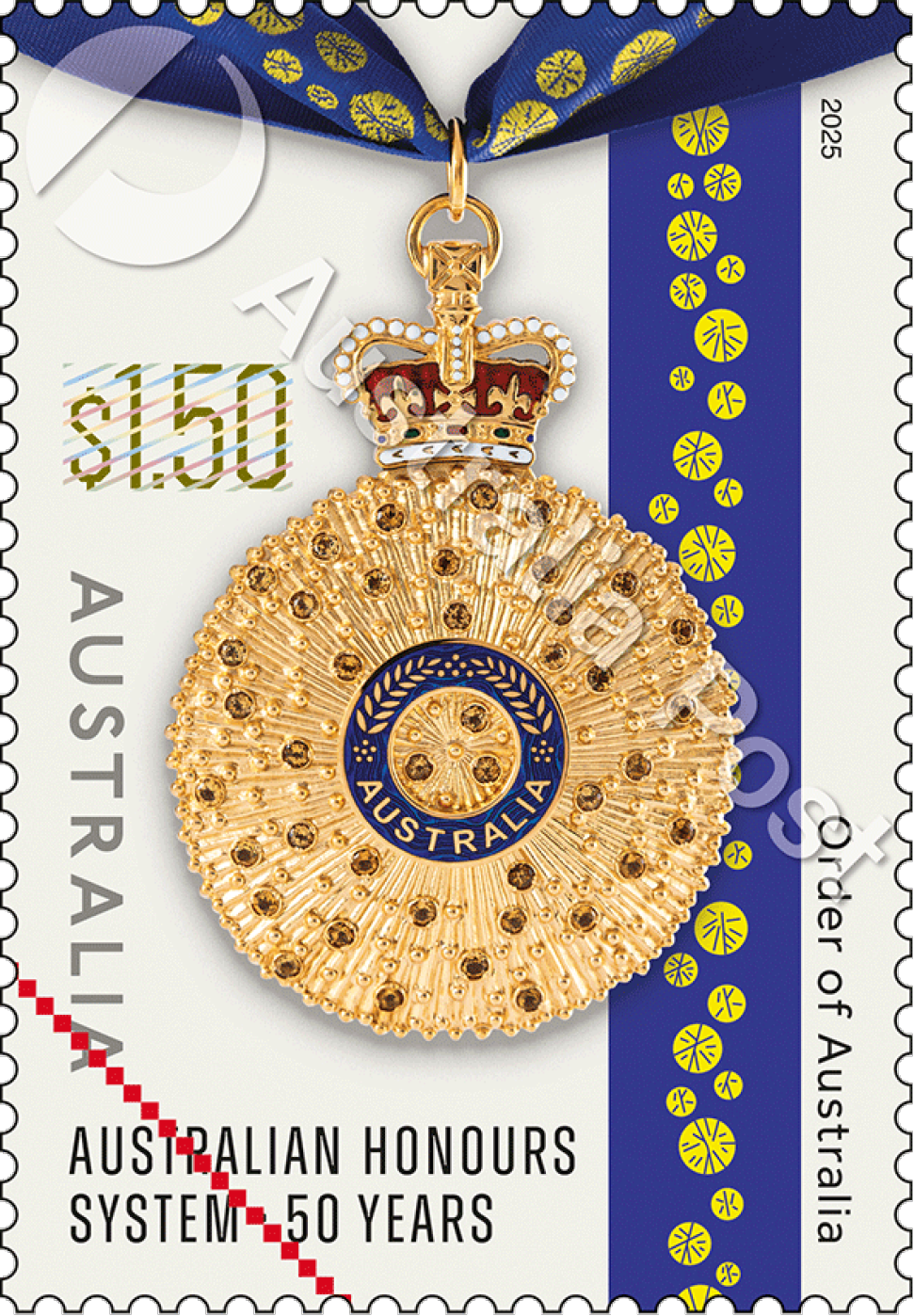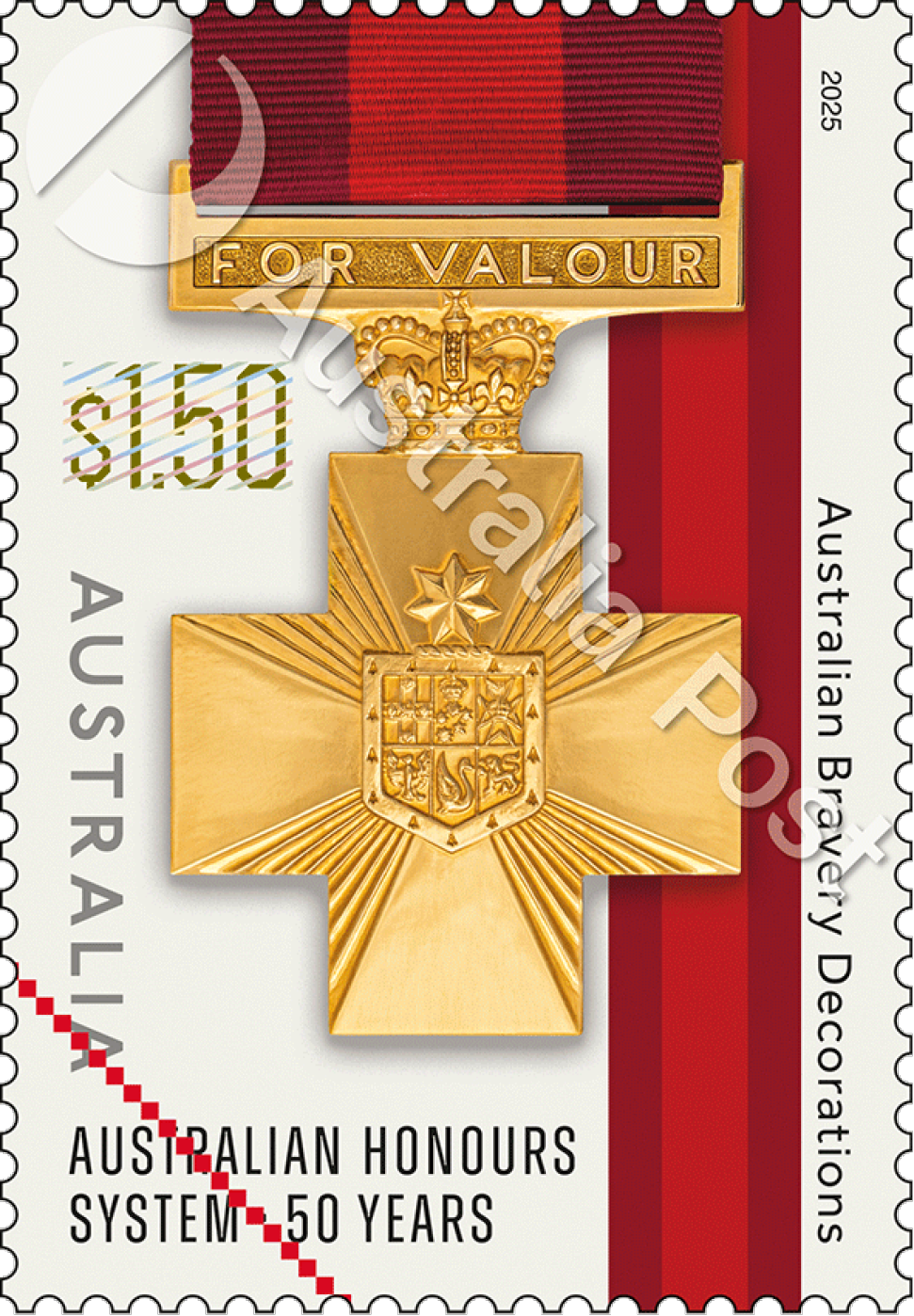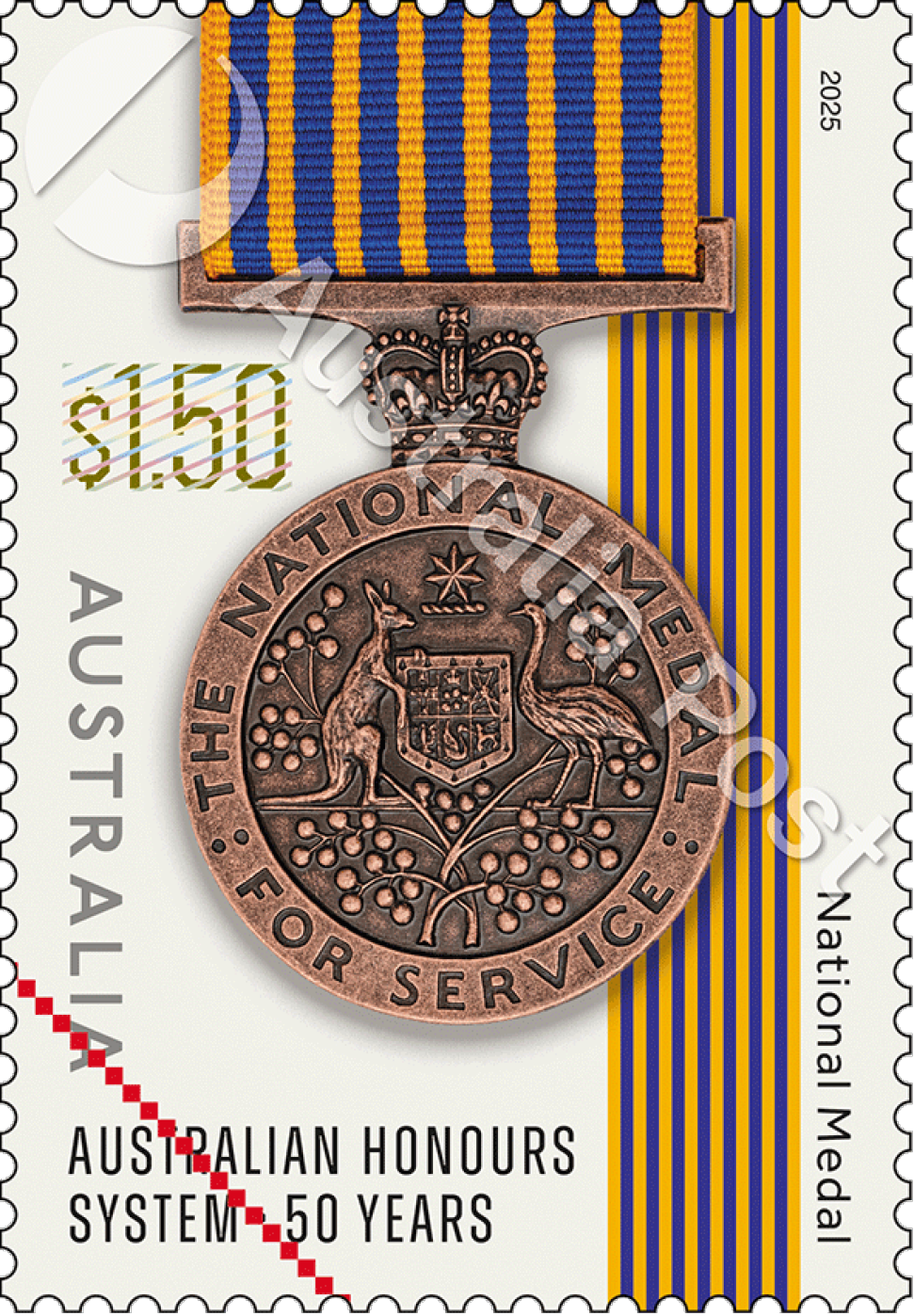Overview
This issue commemorates the 50th anniversary of the Australian honours system. More than 500,000 people have been recognised since it the system was introduced on 14 February 1975. Today, our honours showcase those amongst us who have had an impact, served and made a difference.
The Australian honours system is special because anyone can be recognised and anyone can nominate someone for recognition in the Order of Australia. Some recipients are well known, but most are well known only in their community and amongst those that benefit from their service. Administered through the Governor-General's office since its inception, the honours system is independent and belongs to all of us. All Australians have a say in who is recognised.
Honours help define, encourage and reinforce national aspirations and standards by identifying role models. We give honours to recognise, celebrate and say thank you to those who make a difference in the community.
Since 1975 the Australian honours system has expanded to include meritorious awards and military decorations for gallantry, distinguished and conspicuous service, as well as operational and service medals. The recognition most widely known by the general public includes the Order of Australia, which consists of the AC (Companion of the Order), AO (Officer of the Order), AM (Member of the Order), and OAM (Medal of the Order).
The stamps in this issue represent the three categories of the original awards of the Australian honours system. They include the Order of Australia, represented by the Companion of the Order of Austalia (AC); the Australian Bravery Decorations, represented by the Cross of Valour (CV); and the National Medal.
Through this striking issue, Australia Post acknowledges inspirational Australians recognised in our honours system and how we, as a nation, honour them.
Stuart Devlin AO CM designed the medals for the founding awards of the Australian honours system in 1975: the Order of Australia, the Australian Bravery Decorations and the National Medal. He also designed Australia's first decimal coins.
Technical specifications
- Issue date
- 11 February 2025
- Issue withdrawal date
- 1 September 2025
- Denomination
- 3 X $1.50
- Stamp typography & product design
- Jason Watts, Australia Post Design Studio
- Paper: gummed
- Tullis Russell 104gsm Red Phosphor/Blue PVA Stamp Paper
- Printer: gummed
- EGO
- Printing process
- Offset lithography
- Stamp size (mm)
- 26 x 37.5
- Minisheet size (mm)
- 135 x 80
- Perforations
- 13.86 x 14.6
- Sheet layout
- Module of 50
- FDI postmark
- Canberra ACT 2601
- FDI withdrawal date
- 12 March 2025
$1.50 The Order of Australia
The Order of Australia was established on 14 February 1975 by Elizabeth II, Queen of Australia, on the advice of then prime minister Gough Whitlam. Before the establishment of the order, Australians could receive British honours, which continued to be issued in parallel until 1992. The Order of Australia comprises the AC (Companion of the Order), the AO (Officer of the Order), AM (Member of the Order) and the OAM (Medal of the Order).
The stamp represents the highest honour, the Companion of the Order of Australia (AC). The design of the Companion of the Order of Australia is a badge with a gold insignia of the Order in the centre. The central insignia is circled with blue enamel edged in gold with citrines and is inscribed with the word “Australia” in gold capital letters. The circle also contains two gold sprigs of mimosa. The insignia is ensigned with the Crown of St Edward in full colour. The medal is hung from the ribbon of the Order. It is royal blue with a central band of mimosa blossoms.
Permission to reproduce the Companion of the Order of Australia is granted by the Office of the Official Secretary to the Governor-General.
$1.50 Australian Bravery Decorations
Australian Bravery Decorations date from the establishment of the Australian honours system in February 1975. The Group Bravery Citation was added in 1990.
The decorations recognise acts of bravery by members of the community. Award recipients had selflessly put themselves in jeopardy to protect the lives or property of others. Bravery or courage differs from fortitude in a crisis situation. Bravery is a deliberate choice to go from a place of safety to danger or remain in a perilous position to provide help.
There are four levels of decoration: the Cross of Valour (CV), Star of Courage (SC), Bravery Medal (BM) and Commendation for Brave Conduct. The stamp shows the Cross of Valour, awarded for acts of conspicuous courage in circumstances of extreme peril. It has been awarded only five times since 1975.
The stamp shows the highest award, the Cross of Valour. The award is a gold, straight-armed cross with diminishing rays between the arms. It is ensigned with the Crown of St Edward. The obverse has the shield and crest of the Commonwealth Coat of Arms surmounted by a Federation Star. A suspender bar is engraved with the words For Valour. The ribbon is magenta with a central blood-red band.
Permission to reproduce the Cross of Valour is granted by the Office of the Official Secretary to the Governor-General.
$1.50 National Medal
Also established in February 1975, the National Medal recognises long and diligent service, by members of recognised government and voluntary organisations, who risk their lives or safety to protect or assist the community in enforcement of the law or in times of emergency or natural disaster. This includes service organisations such as ambulance, correctional, emergency, fire and police forces, and voluntary organisations such as lifesaving or search and rescue groups. Many, but not all, eligible groups are uniformed. The National Medal is Australia’s most awarded civilian medal.
The National Medal is a circular bronze medal ensigned with the Crown of St Edward. The front of the medal features the Commonwealth Coat of Arms in a recessed circle. The rim of the medal carries the inscription “The National Medal”. The back of the medal is plain.
Permission to reproduce the National Medal is granted by the Office of the Official Secretary to the Governor-General.




